Tracking Climate Change with Satellite-Based Cold Atom Gravity Sensors
Cold atom interferometers could be the next generation of space-based gravity sensors, used to monitor the movement of ice sheets and rising sea levels.
Climate change is causing the Earth’s poles to move. According to researchers, the melting of the polar ice caps has redistributed the weight of water in the world, leading to a change in the planet’s tilt in space.
That’s a terrifying notion. For most people, climate change is about what they can see and feel. It’s hotter than it used to be, seasonal storms are worse, and fires rampage through dry summers. These dangers are tangible and can be mitigated and fought. But we can’t build levies or dig firebreaks to mitigate the consequences of the changing tilt of an entire planet.
The conclusion that the poles were moving due to the redistribution of water came when data from the Gravity Recovery and Climate Experiment (GRACE) satellite was combined with ocean data and historical records of pole movement going back to the early 1980s.
It’s not unusual for the poles on Earth to move as the internal activity (the hot molten core) of the planet shifts and redistributes the globe’s weight. Most of the weight on the surface of the planet resides in the oceans. Thus, when large masses of water roll, the gravity of the planet shifts and the poles move. The GRACE mission and its successor have measured fluctuations in Earth’s gravity since 2002. Those satellites’ mission ended in 2018. The European Space Agency Gravity Field and Steady-State Ocean Circulation Explorer (GOCE) also contributed data to our understanding of the global mean sea level. New sensors with higher precision are needed to measure gravity fluctuations on Earth.
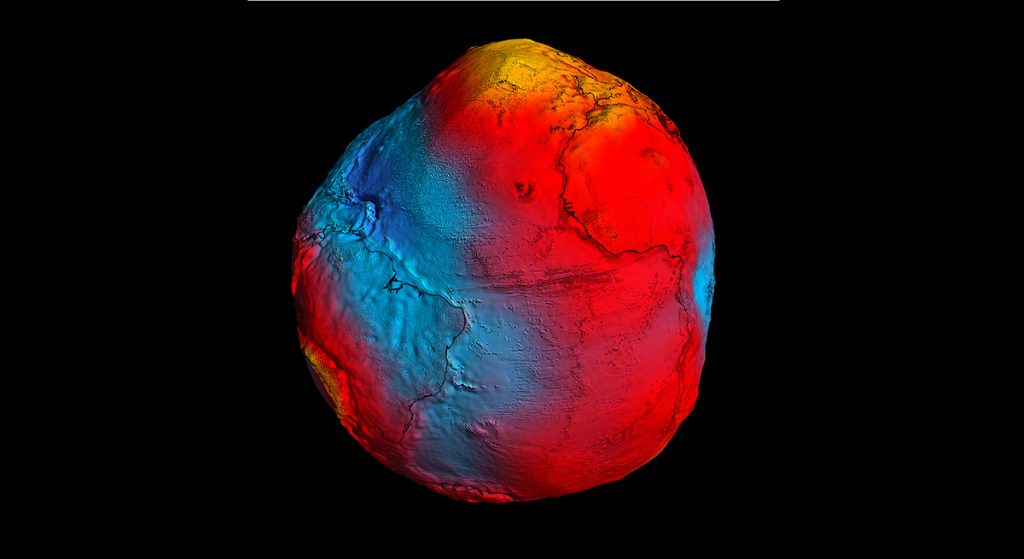
“Developments in quantum technology have resulted in the ability to cool atoms close to absolute zero using lasers, which is fundamental to cold atom interferometers,” wrote researchers in the CEAS Space Journal in a 2020 paper discussing the use of cold atom sensors deployed aboard a small CubeSat satellite. “In space, cold atom gravity sensors could be used to carry out Earth observation to detect and understand mass transport processes which could lead to significant breakthroughs in our knowledge of and ability to monitor key components of the Earth’s systems such as sea level, ice sheet melting and aquifer depletion.”
CASPA: Cold Atoms, With Lasers
The project is called the Cold Atom Space PAyload (CASPA) and is being led by Teledyne e2v with partners including the University of Birmingham as science lead, XCAM, Clyde Space, Covesion, Gooch & Housego, and the University of Southampton. It is being funded, in part, by Innovate UK and the Engineering and Physical Sciences Research Council (EPSRC).
Other cold atom sensors have operated in space. The Chinese launched a cold atom clock aboard the Tiangong space station in 2016, and NASA has operated a Cold Atom Lab aboard the International Space Station in 2018. Both were larger systems that required human operation. CASPA is proposed to be a much smaller package, operating autonomously in Low Earth Orbit.
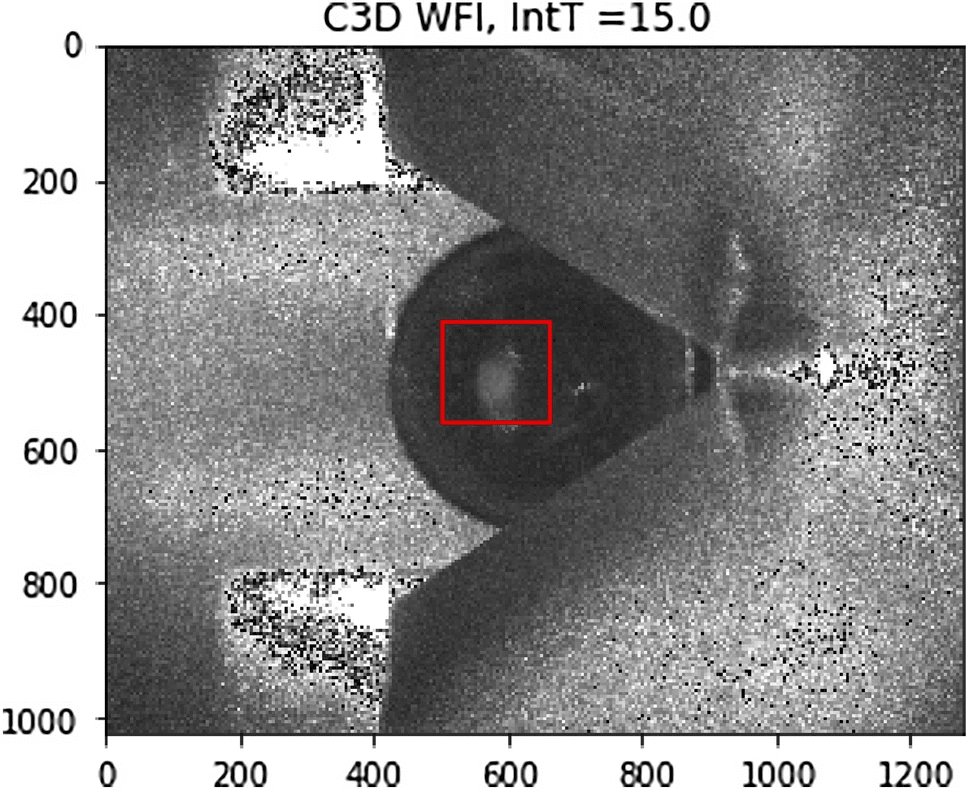
Its design should be able in increase measurement time—always a big concern with quantum technology—leading to more granular data. “The sensitivity of a cold atom sensor increases with the square of the measurement time, such that increasing the measurement time by 10 times improves the sensitivity by 100 times,” researchers wrote in the 2020 paper. The sensitivity gains are a product of an innovative system that uses lasers to cool an atom cloud within CASPA down to hundreds of micro kelvin.
The researchers explain:
The device for trapping and cooling clouds of atoms using lasers is known as a Magneto Optical Trap (MOT). CASPA was designed to create a cold atom trap using a set of six orthogonal, counter-propagating laser beams as well as a quadrupolar magnetic field, an ultra-high vacuum (UHV) chamber and atomic vapor. The laser beams cross at the zero point of the magnetic field within the UHV chamber and the atoms are subject to a velocity-dependent force, which cools them, and a position-dependent force, which traps them.
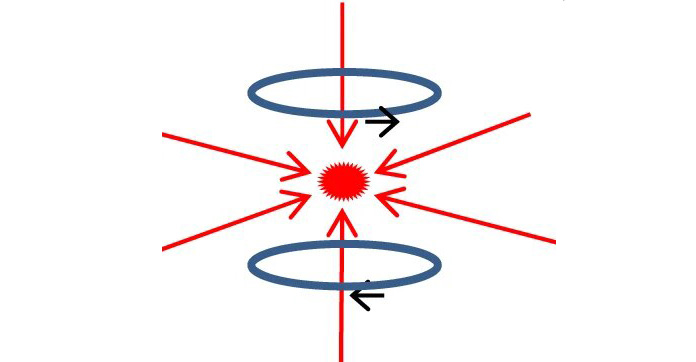
To make sure the lasers slow down the atoms, “the laser frequency is slightly detuned to ensure that the atoms are only on resonance with a laser beam.” This is what allows the system to approach temperatures in the micro kelvin (perhaps even nano kelvin) range without the use of cryogenics.
CubeSat: A Small Satellite in Low Orbit
CASPA will likely be launched upon a small 6U CubeSat with approximate dimensions of 100 x 200 x 300 millimeters. The mission is being designed to last six months, where the payload would run an experiment sequence once a week.
The primary limitations of the project are in size, weight and power (SWAP). The challenge within the package is to take the temperature of the atoms down from the 100 micro kelvin range, to 100 nano kelvin, which would allow for maximum sensitivity of the instrument. The whole package is comprised of four main subsystems that are designed to function together in low Earth orbit of 400 to 550 km above the surface.
The subsystems and components of CASPA include:
Physics package: Designed by Teledyne ev2, includes the vacuum chamber, source of rubidium atoms, telescope to deliver laser light into the chamber, magnetic field generation and the components to maintain ultra-high vacuum. Rubidium atoms were chosen because they are a “good candidate for atom interferometry” and are more readily available.
Electronic and imaging subsystems: Designed by XCAM, includes a set of experiment control boards which provide “power conversion and logical sequencing for the experiment.” Includes the imaging system which captures and processes images from the atom cloud and send them down to the ground for analysis.
Optical subsystem: Designed by Gooch and Housego, includes a 1,560 nanometer laser, radiation-hardened Erbium Doped Fibre Amplifier (EDFA) and nonlinear optical frequency doubler.
Frequency doubler: Designed by Covesion and the University of Southhampton, the frequency doubler sits within the optical subsystems. “Optical characterisation of these devices is performed to measure wavelength conversion efficiency, operating temperature, operational stability, and ruggedness for the space environment.”
The CubeSat structure and avionics: Designed by Clyde Space, includes the 6U mechanical structure of the satellite, satellite avionics and power generation for the entire unit.

Climate Change, And Beyond
Gravity sensing can aid in geological exploration, and enhance global navigation systems. Another quantum sensor, called REVEAL, is being designed by Teledyne ev2 with the University of Birmingham. A ground-based gravimeter, REVEAL will be used in civil engineering applications such as detecting sinkholes, mineshafts and other buried objects near construction sites.
Deploying higher sensitivity gravity sensors into space may be enormously helpful in understanding the changing world. How is polar ice moving? How is the sea level changing? Is groundwater being depleted too quickly? Gravity sensing technology from Low Earth Orbit can potentially give us the precise data we need to understand and, hopefully, begin mitigating some of Earth’s most existential problems.



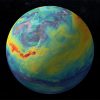 The TRUTHS Satellite Will Help Provide the Most Accurate Climate Data in History
The TRUTHS Satellite Will Help Provide the Most Accurate Climate Data in History 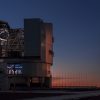 How the Very Large Telescope Uses Direct Imaging to Find Exoplanets
How the Very Large Telescope Uses Direct Imaging to Find Exoplanets 